Teaching Yoga: Working with Chronic Pain
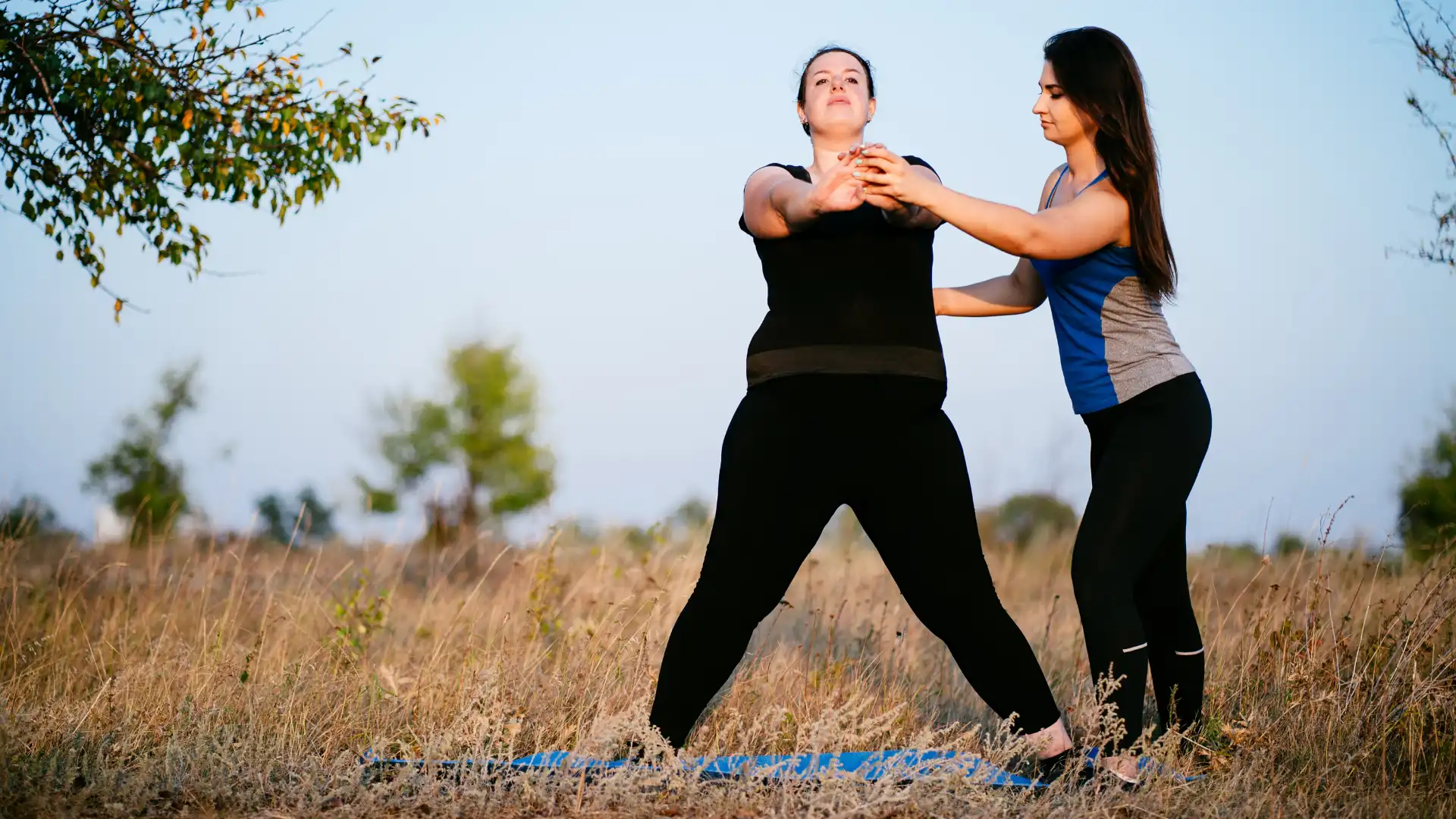
As a yoga teacher, it is not unusual to find yourself teaching people who are in a certain amount of pain. This can be disconcerting, especially if you are new to teaching. There is always a fear you might make things worse, that you don’t know enough anatomy and that you are inadequate in some way to deal with these sort of problems.
Note: I am talking here about musculoskeletal pain that has been investigated with no real satisfactory solution provided. It may have been given a name but not a solution. To help navigate these situations, some things are useful to remember.
Tissue Damage and Pain
The first thing to remember is the fact that our bodies heal. What should happen, and generally does happen, when we hurt ourselves, is that the body lets us know.
We experience a level of pain roughly commensurate with the amount of damage we have done to ourselves, and over time, as the body heals, the pain ebbs away. If it is simply a bumped knee or arm, the pain may subside in a matter of minutes, and the only reminder we are left with is a small bruise. On the other hand, if we break a bone, the pain may be severe, and it may take weeks for the pain to subside and a few more weeks before normal function is restored.
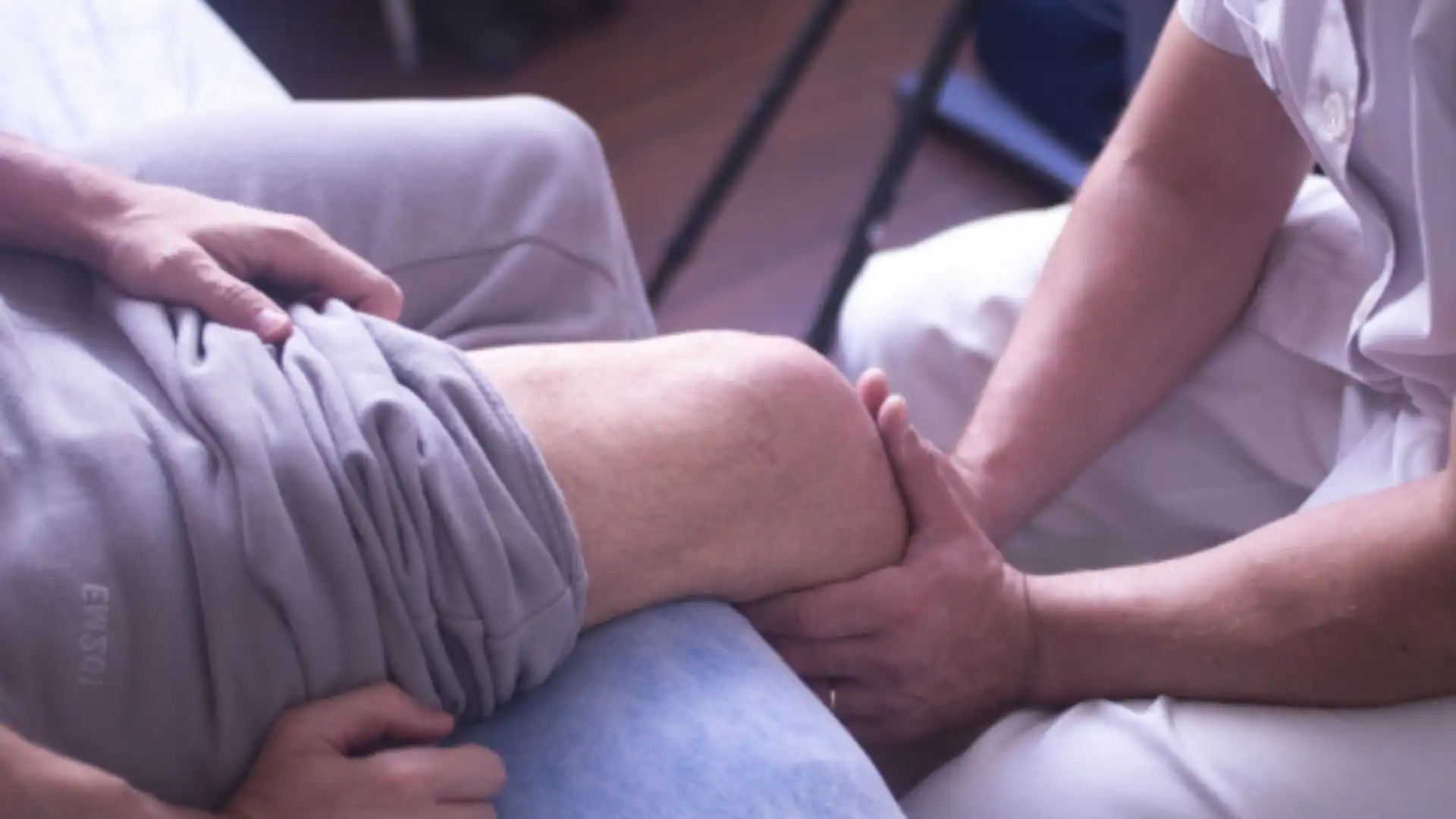
If the pain does not subside, however, we need to ask ourselves first whether we are doing anything that may be aggravating the injury—something in our everyday life, or maybe something we are doing in yoga. Sometimes in yoga, we can get into the habit of stretching into a pain thinking we are “getting to it.” We might describe a “sweet pain,” but often we are simply pulling on a piece of tissue that is already damaged; it may give us temporary relief because it changes the sensory input, but the pain then comes back, and if we keep doing this the injury doesn’t have a chance to heal and may even get worse.
While it is true that we need to keep moving after injury, to maintain some range of movement and keep the area “mapped” in our brains, it is important that we find a balance between the restoration of function and the prevention of re-injury. A lot of the learning we have to do here is to listen carefully to what we really feel in our body, rather than impose on it what we think we ought to do and try to be patient while our body recovers.
Try to remember that after an injury, particularly one that has reduced our activity for some weeks, our tissues—be they ligaments, tendons, muscles or fascia—will have weakened and be less resilient to the movements they are involved in. It will take further weeks of gradual rehabilitation before they are back to normal.
Pain Without Tissue Damage
The second thing we have to bear in mind when looking at pain is a little counterintuitive. It might be that there is no longer any damage to our tissues. They may have healed, yet we are still in pain. This is often the case in long-term pain or what is sometimes called “chronic pain.” This kind of pain has puzzled physicians throughout history, but recently there have been great strides made in our understanding of how this type of pain comes about.
And it’s interesting … It used to be thought that we have pain nerves and that if we damaged ourselves, a signal would travel up the pain nerve and ring the pain bell in our brain to let us know we have hurt ourselves, and how bad it is. Now it’s thought that we don’t have pain nerves at all, only the nociceptors described below, which carry information that gets modified.
However, a moment’s reflection will alert us to the fact that this “damage and signaling” pattern is not necessarily present when it comes to pain. Some examples of back pain and bad headaches show that severe pain can exist with very little, if any, tissue damage. These seem particularly pointless types of pain, with the signaling being out of proportion to the problem.
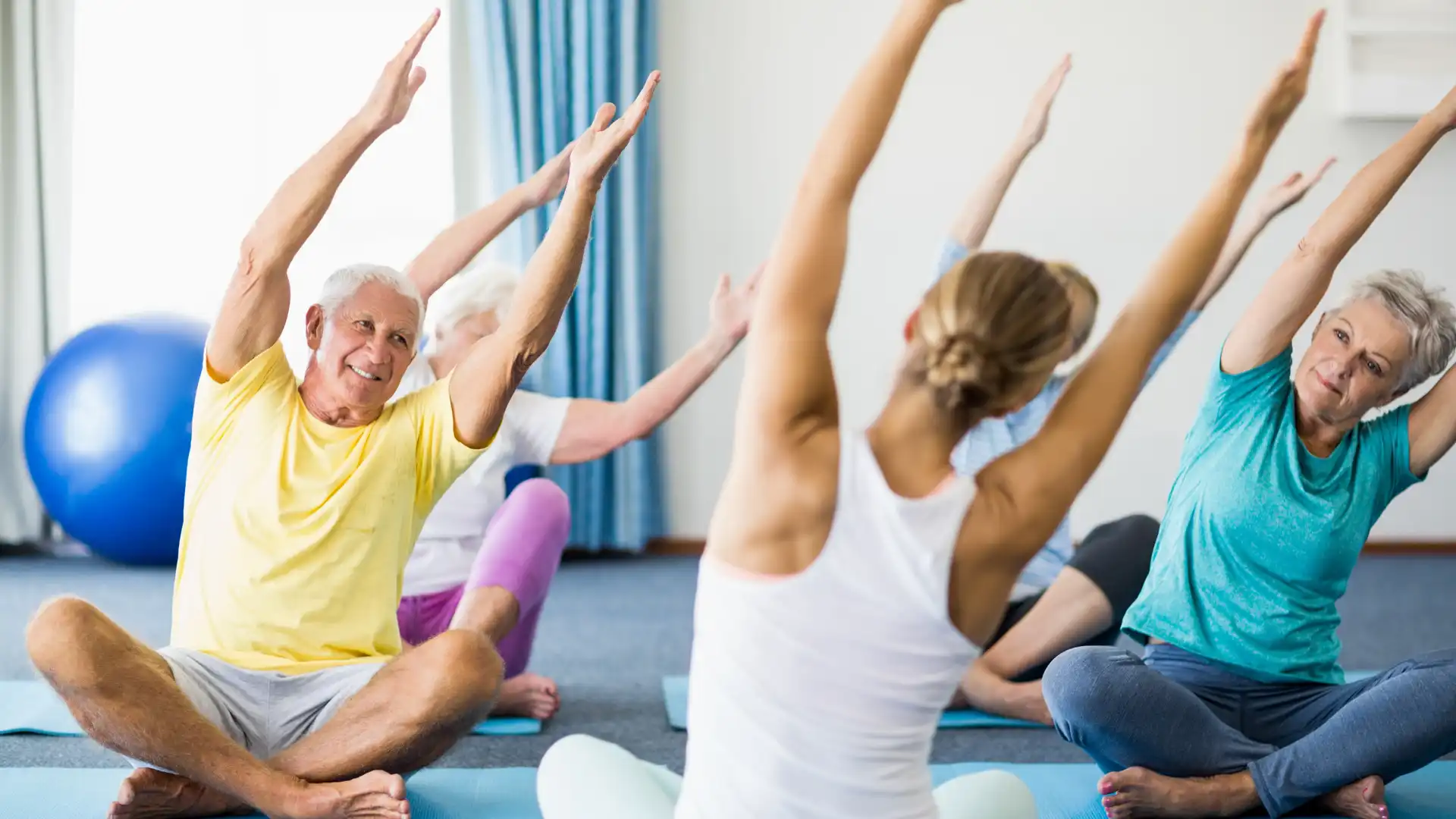
There are other times when our attention is absorbed in something, and we hurt ourselves but don’t really notice until a large bruise appears the next day. Thus, our ability to ignore pain, to mute such signals, suggests that pain is in some ways more akin to emotions than it is to senses such as sight or hearing.
Another phenomenon that has been extensively studied in recent times is “phantom limb” pain. People who have lost a limb, either through accident or disease, may complain of a very particular pain felt in the amputated limb. The pain may be accurately described as sharp or dull, aching or itching. In fact, it resembles other somatic pains in almost every way, except, of course, there are no tissues there.
So where is the pain coming from? What factors are causing pain in instances such as this?
Blurring the Pain Signal
When we hurt ourselves, certain nerves, called nociceptors, pass information to the brain from the area of damage, informing it that damage has occurred. However, on the way up to the brain, the signal is modified by other parts of the brain. These modifications to the signal will be based on previous experience, on expectation, on one’s general state of anxiety and on that person’s general sense of wellbeing (or feeling of unease).
So, if we stub our toe, something we have probably done many times, the information passed to the brain will be familiar, but it might hurt more if we are cold and miserable, and less so if we are happy and excited. The same information will have been modified by one’s current state of mind either to amplify or to downscale the sensation.
Now imagine how a person in their 40s or 50s with knee pain or back pain might respond if he or she goes to a health professional who tells them that their knee or spinal joints are getting old and worn out. Almost inevitably, that person will tend to think it won’t get better, that they are simply degenerating. They will adapt and prepare themselves mentally for “old age” and all the beliefs we have about aging.
This common belief in the link between degeneration and pain may well be driven deeper into our psyche by an x-ray or MRI scan that depicts the “damage.” So now any signal we get from a strain in the knee or back will be modified on its journey to the brain with all those worries and anxieties that have lodged into a person’s consciousness. This is how chronic pain often begins.
Now I’m fairly sure if you are reading this, you might well be saying to yourself, “But surely we know arthritis causes pain, or damaged knee cartilage causes pain or a disc that has herniated causes pain.” Well, to some extent you are right: when these things first happen, pain and discomfort are often felt. What is less well understood is that given time, in very many cases the body heals and we get over it. We will be left with some physical changes—the disc may still protrude, the cartilage will still show damage and the arthritic joint will show bony change, but it won’t be accompanied by pain.
Here are some statistics that might surprise you: MRI studies of healthy adults and seniors showed that 98% of them had arthritic changes in their cervical spine, with no accompanying pain. Some 50% of adults were shown to have rotator cuff tears that they did not know about; 85% of asymptomatic adults had arthritic changes in their knees; 48% of them had damaged cartilage as well.
There are many other similar statistics. We should not think of things like scoliosis, kyphosis, and lordosis as causes of pain. It is now fairly well recognized that chronic pain is better correlated with anxiety, depression, and worry than it is to more structural conditions like arthritis, disc problems, scoliosis and a host of other physical “conditions.”
Bodies are remarkably adaptable if they are given time to adapt, and although there are undoubtedly some people who suffer when a condition goes past a point of reorganizing itself, there will be many other people with similar conditions that do not have pain. In the last couple of decades, this correlation between structural problems and pain has been dissolving, and better explanations for pain are now being put forward.
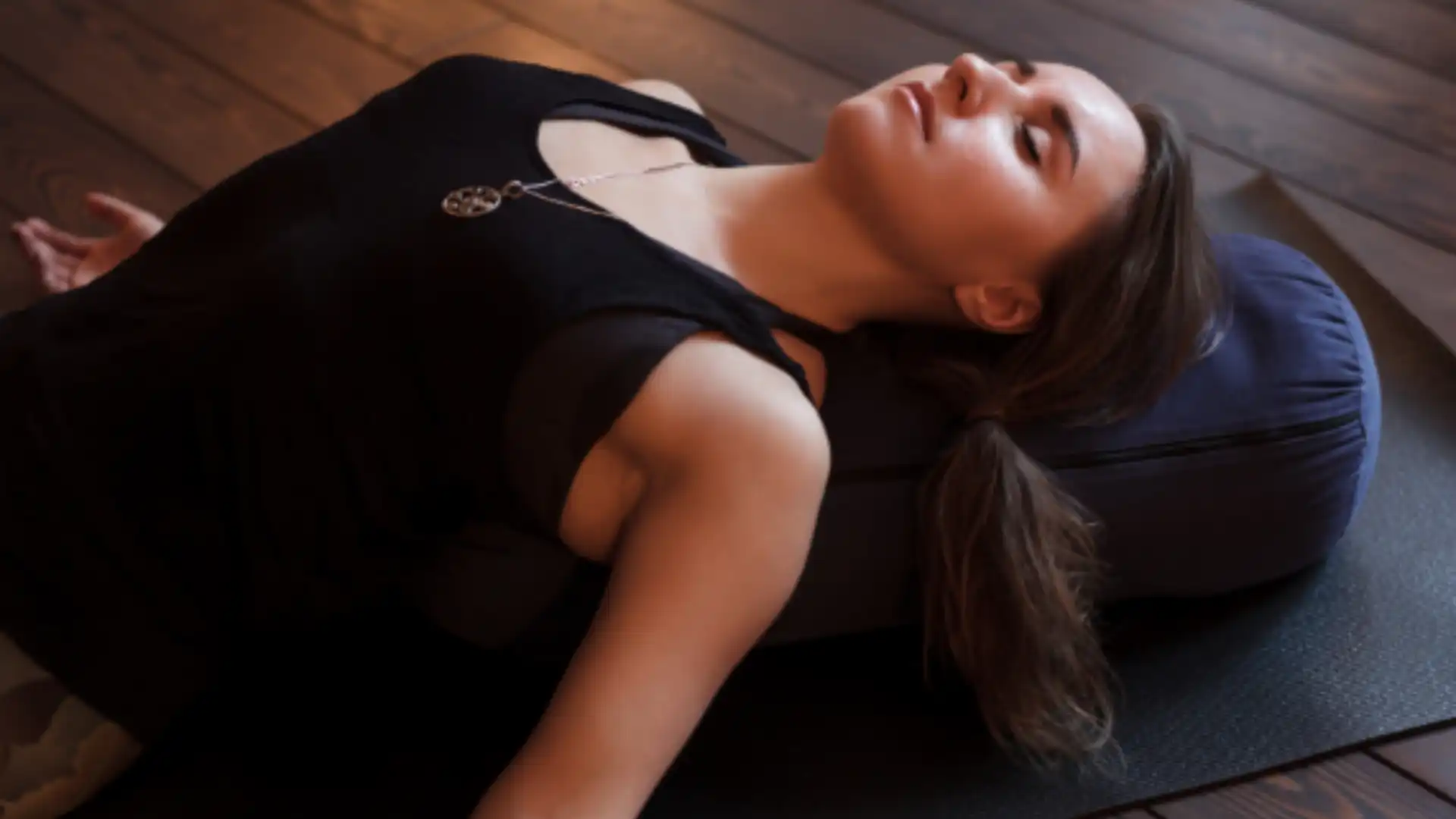
Teaching Yoga to Students with Chronic Pain
As yoga teachers, what are we to make of all this? It is very important is to make sure we don’t inadvertently increase a student’s level of anxiety by showing signs of worry ourselves. The language we use should be reassuring rather than over-cautious. And when we ask them to move through some asanas there is something else to bear in mind with patients in chronic pain: it is not to let them practice with “distracting” pain—i.e., pain that keeps demanding their attention.
This is because of something that has been described by the clinical scientist Professor Lorimer Moseley as “neuro-tagging.” If I move in a particular way and it causes pain, and I keep repeating the same move regardless and keep getting the same pain, my brain will begin to associate the two things until it becomes impossible to move without pain, even once the tissues have completely healed. In some cases, this tagging becomes extreme until almost any movement hurts and we retreat into immobility, which aggravates the problem further.
How do we get out of this? Well, there are two or three things that can help. First, we look for a way of undertaking the movement that doesn’t hurt. So, for instance, if rounding the back to pick something up off the floor hurts, see if the student can find a way of rounding the back that doesn’t hurt, experimenting with Marjarasana (Cat Pose) or Balasana (Child’s Pose), for example. It’s important to register the fact that it is not just rounding the back that is the problem, but the context in which you round the back. In this way, you start to break the link between the movement and pain.
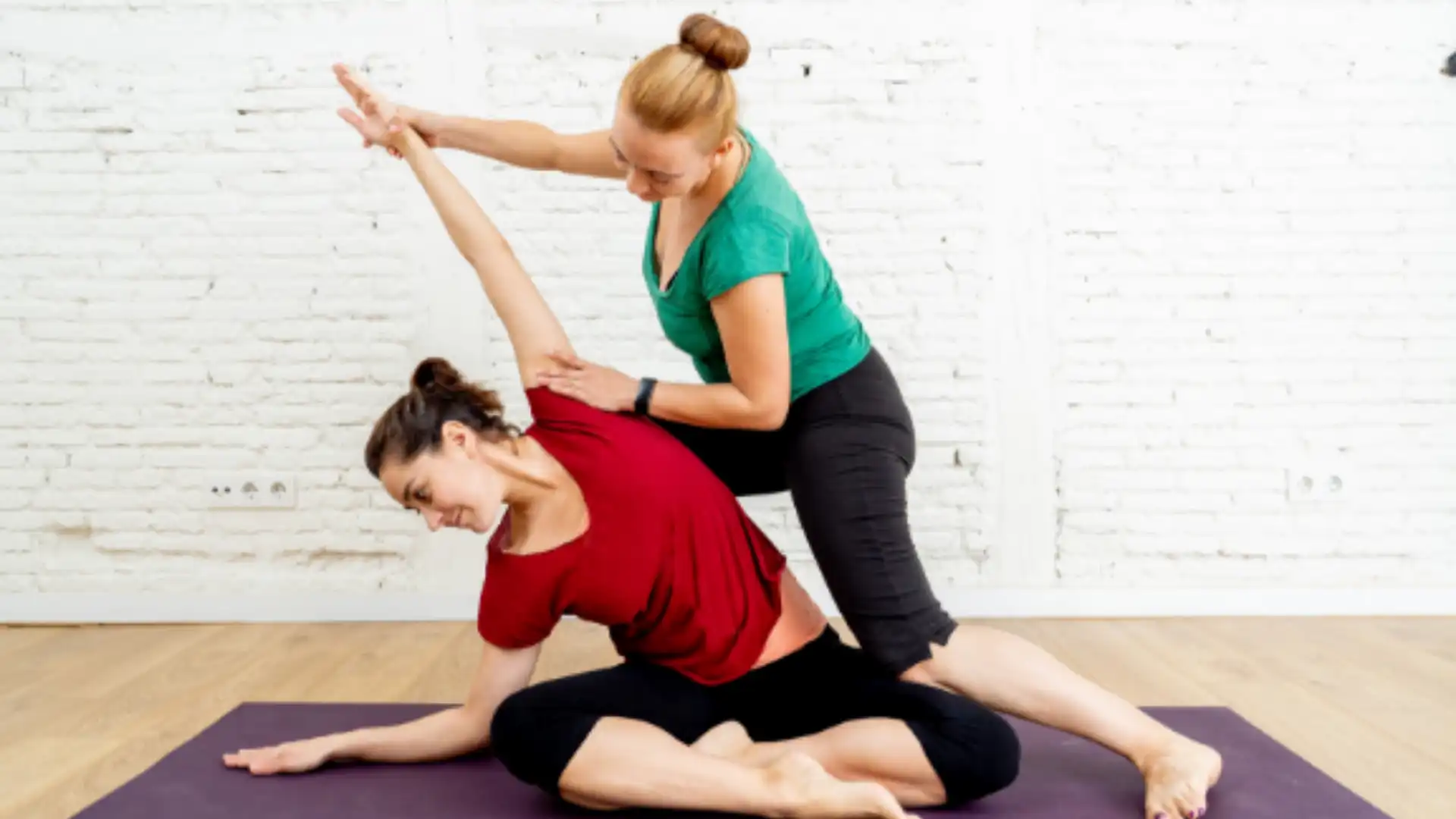
As the student gains confidence, get them to see how far they can round the back while standing, without provoking pain, maybe by softening the knees or putting the hands on the knees to help take the weight; anything to break the link between the two events (i.e., rounding the back and pain). It would be similar with knee bending. If bending in one particular situation hurts, get them to try it in another situation and gradually nibble away at the association between the pain and the movement.
Another thing we can do as teachers is to suggest other sensations to pay attention to during the movement: the body’s contact with the floor, for instance, or feelings of softening or stiffening in the body, or the sensation of the breath and the shifting of weight as we move. All these things will help to gradually lead people away from mentally going to their pain and help them experience themselves more effectively.
Body Mapping
One other thing that could be helpful is to consider the way we map movement in our brain. Movements that we perform regularly are “mapped” on our sensorimotor cortex. The more attention we give to a movement, and the more regularly we perform an action, the more detailed the “map” becomes.
To make this clearer, think about the dexterity you have in your fingers compared to your toes. The comparative stupidity of your toes is because we don’t use them in any meaningful way, so they lose their mapping. If you are born with no arms, your feet can become as nimble as fingers.
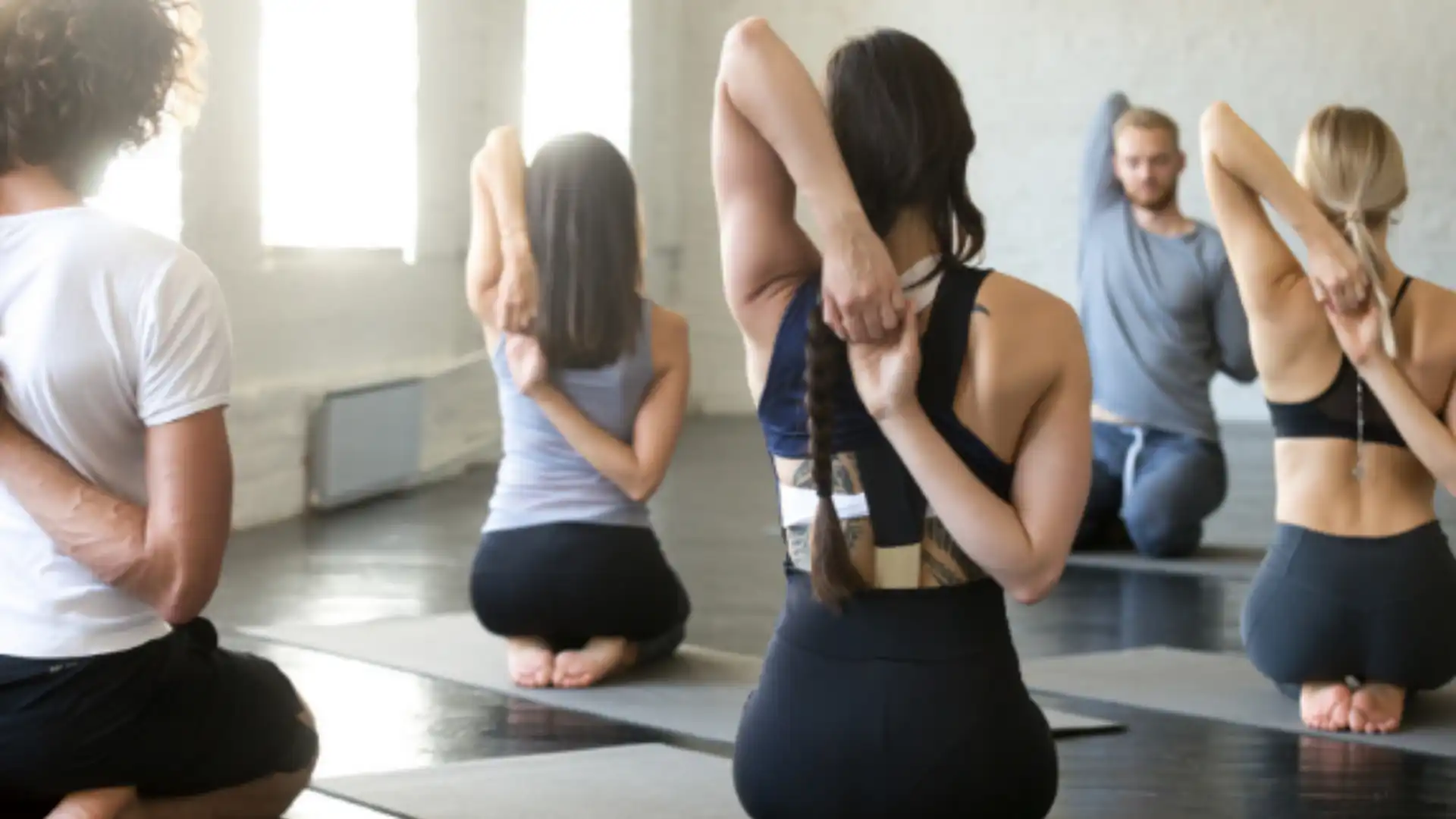
So how does this relate to pain? There is some evidence to support the theory that chronic pain is associated with bodies that are poorly mapped. Or rather chronic pain seems to cause a “smudging” of the injured part of our body’s representation in the brain. It seems that when we injure ourselves, neurons that are adjacent to the area of the brain that represents the injured part are recruited into the map, to highlight what has happened, so we can “feel it more.”
This is appropriate, and as we recover, those recruited neurons should go back to resuming their normal duties. If, however, we become anxious about the injury, if we stop moving it, and if we give it too much worrisome attention then those neurons, instead of resuming normal duties, may recruit even more neurons to assist the area we are protecting.
Soon the brain map of the damaged area will have expanded beyond its normal boundaries. This is called “neuro-smudging” a term coined by pain researcher David Butler, and it is associated with changes in sensation and chronic pain.
Yoga can help in three main ways: First, it can reduce anxiety about the pain for all the reasons stated above, perhaps predominantly demonstrating that after some weeks it’s very unlikely that there is still tissue damage. Second, it can help redefine the brain map of the damaged area by putting it through attentive and varying movements, and as confidence increases, gradually increasing the range of movement until it is back to normal function. And third, we can help people grade their exposure to the movements that hurt them by slowing their movements down and helping them notice at what point things become worrying for them. Then, allowing them to ease toward and away from the movement until they develop some confidence and can increase their range of movement.
Reprinted with permission from www.intelligentyoga.co.uk
Study Yoga for Healthy Aging with YogaUOnline and Lillah Schwartz – Yoga for a Healthy Spine: The #1 Key to Enhance Strength, Improve Posture, and Prevent Osteoporosis.
Peter Blackaby has 30-plus years of experience as a yoga teacher and trainer and is also trained as an Osteopath. Peter started practicing yoga seriously in 1978 as a student of the Iyengar System and after six years undertook the two-year teacher training program, qualifying in 1986. Currently, he teaches functional anatomy on the London yoga teacher-training course and has input to two other local courses. He is regularly invited to teach throughout England, Wales, and Scotland.
The project he is presently involved with is a two-year course for teachers called Grounded Yoga. The aim is to help students understand how yoga can bring productive change to the body, the mind, and the breath and improve our sense of relationship to the environment in which we find ourselves. Find more about Peter Blackaby at www.intelligentyoga.co.uk.
Resources
David Butler explains pain: “Pain and the Neuromatrix in the Brain,” https://youtu.be/3QVAY5stO3U
Ronald Melzack, “The Biopsychosocial Model of Health,” The Journal of Dental Education, December 2001
George Engel, “The Need for a New Medical Model: A Challenge for Biomedicine,” Science, 1977
Eyal Lederman, “The Fall of the Biomechanical Postural Model,” The Journal of Bodywork and Movement Therapies, March 2010




